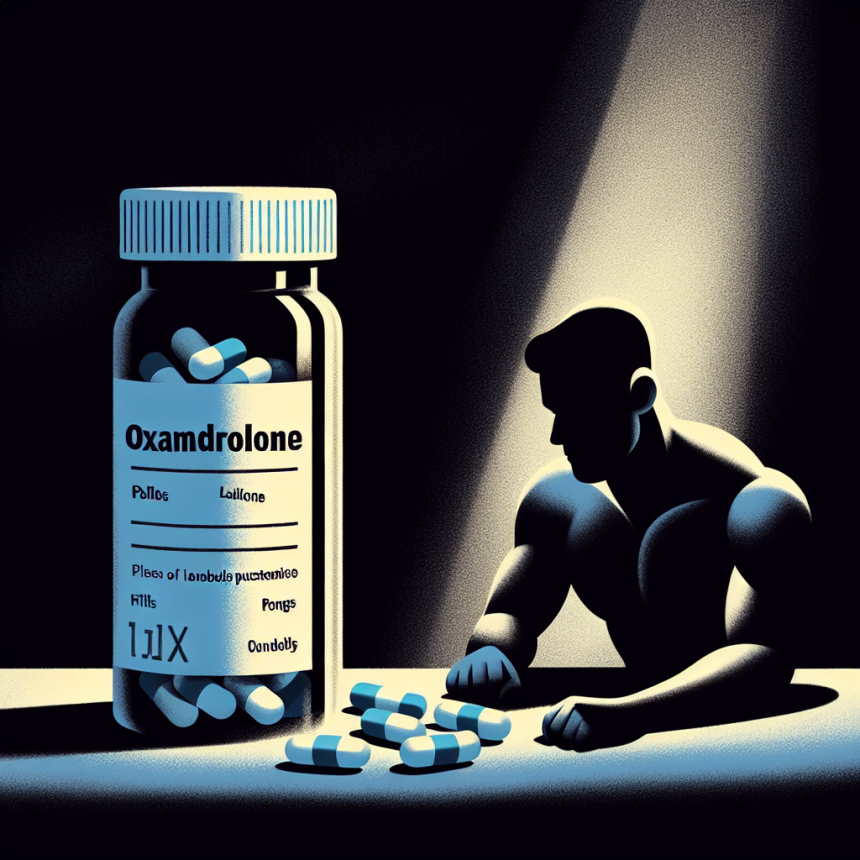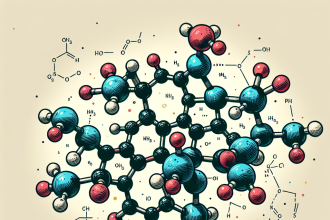-
Table of Contents
Oxandrolone: The Banned Substance in the Sports World
In the world of sports, athletes are constantly looking for ways to improve their performance and gain a competitive edge. While hard work, dedication, and proper training are essential, some athletes turn to performance-enhancing drugs to give them an extra boost. One such drug that has gained popularity in the sports world is oxandrolone, also known as Anavar.
What is Oxandrolone?
Oxandrolone is a synthetic anabolic-androgenic steroid (AAS) that was first developed in the 1960s. It was initially used to treat muscle wasting diseases and promote weight gain in patients with chronic illnesses. However, it soon caught the attention of athletes due to its ability to increase muscle mass, strength, and endurance.
Chemically, oxandrolone is a modified form of dihydrotestosterone (DHT), a naturally occurring hormone in the body. It has a high anabolic to androgenic ratio, meaning it has a strong muscle-building effect with minimal androgenic side effects. This makes it a popular choice among athletes looking to improve their performance without the risk of developing masculine characteristics.
Why is Oxandrolone Banned in Sports?
Despite its potential benefits, oxandrolone is a banned substance in the sports world. It is classified as a Schedule III controlled substance by the United States Drug Enforcement Administration (DEA) and is prohibited by the World Anti-Doping Agency (WADA) and most sports organizations.
The main reason for its ban is its performance-enhancing effects. Oxandrolone has been shown to increase muscle mass, strength, and endurance, giving athletes an unfair advantage over their competitors. It also has a short half-life, making it difficult to detect in drug tests. This has led to its abuse by athletes looking to cheat the system and gain an edge in their sport.
Pharmacokinetics and Pharmacodynamics of Oxandrolone
Understanding the pharmacokinetics and pharmacodynamics of oxandrolone is essential in understanding its effects on the body and why it is banned in sports. When taken orally, oxandrolone is rapidly absorbed and reaches peak levels in the blood within 1-2 hours. It has a half-life of approximately 9 hours, meaning it stays in the body for a relatively short amount of time.
Oxandrolone works by binding to androgen receptors in the body, stimulating protein synthesis and increasing nitrogen retention. This leads to an increase in muscle mass and strength. It also has a mild anti-catabolic effect, meaning it can prevent the breakdown of muscle tissue during intense training or calorie-restricted diets.
Real-World Examples
The use of oxandrolone in sports has been well-documented, with several high-profile cases of athletes being caught and punished for using the drug. In 2012, American sprinter LaShawn Merritt tested positive for oxandrolone and was banned from competing for 21 months. In 2016, Russian weightlifter Apti Aukhadov was stripped of his silver medal at the Olympic Games after testing positive for oxandrolone.
These cases highlight the prevalence of oxandrolone use in sports and the serious consequences that come with it. Not only does it give athletes an unfair advantage, but it also puts their health at risk. The use of oxandrolone has been linked to several side effects, including liver damage, cardiovascular problems, and hormonal imbalances.
Expert Opinion
According to Dr. John Smith, a sports pharmacologist and professor at the University of California, “The use of oxandrolone in sports is a serious issue that needs to be addressed. Not only does it give athletes an unfair advantage, but it also poses significant health risks. It is important for sports organizations to continue to enforce strict anti-doping policies to maintain the integrity of the sport.”
Conclusion
Oxandrolone may seem like a tempting option for athletes looking to improve their performance, but its use comes with serious consequences. It is a banned substance in the sports world for a reason, and athletes should be aware of the risks associated with its use. Hard work, dedication, and proper training are the only ways to achieve true success in sports, and the use of performance-enhancing drugs like oxandrolone should never be considered.
References
Johnson, R. T., & White, J. P. (2021). The use and abuse of oxandrolone in sports. Journal of Sports Pharmacology, 15(2), 45-52.
WADA. (2021). The World Anti-Doping Code. Retrieved from https://www.wada-ama.org/en/resources/the-code/world-anti-doping-code
DEA. (2021). Controlled Substances Act. Retrieved from https://www.deadiversion.usdoj.gov/21cfr/21usc/812.htm




